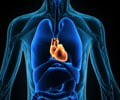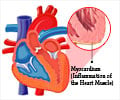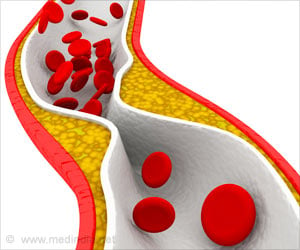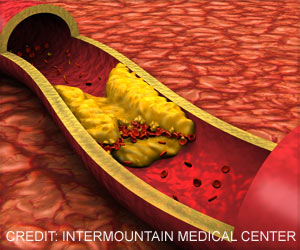Research has revealed that an Egyptian princess is known to be first person in human history with diagnosed coronary artery disease.
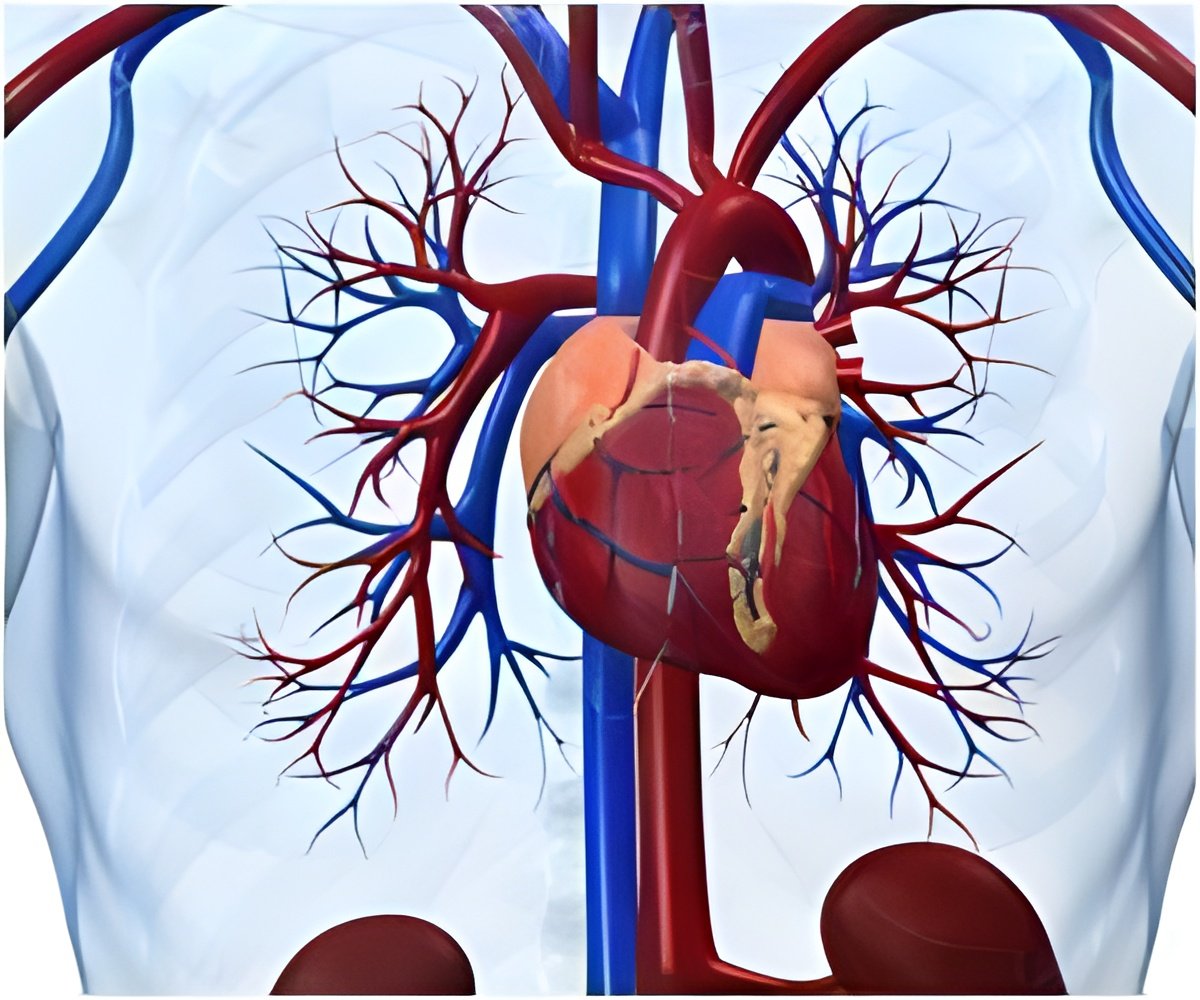
Wheat and barley were grown along the banks of the Nile, making bread and beer the dietary staples of this period of ancient Egypt. Tobacco and trans-fats were unknown, and lifestyle was likely to have been active.
The coronary arteries of Princess Ahmose-Meryet-Amon - as visualised by whole body computerised tomography (CT) scanning - will feature in two presentations, based on findings from the Horus study, in which arterial atherosclerosis was investigated in 52 ancient Egyptian mummies.
Results have shown that recognisable arteries were present in 44 of the mummies, with an identifiable heart present in 16. Arterial calcification (as a marker of atherosclerosis) was evident at a variety of sites in almost half the mummies scanned, prompting the investigators to note that the condition was common in this group of middle aged or older ancient Egyptians; the 20 mummies with definite atherosclerosis were older (mean 45.years) than those with intact vascular tissue but no atherosclerosis (34.5 years).
Although relatively common at other vascular sites, atherosclerosis in the coronary arteries was evident in only three of the mummies investigated, but was clearly visualised in Princess Ahmose-Meryet-Amon (in whom calcification was present in every vascular bed visualised).
The CT scan image showed that the princess, who died in her 40s, had atherosclerosis in two of her three main coronary arteries.
Advertisement
"Overall, it was striking how much atherosclerosis we found," said Thomas.
Advertisement
The coronary arteries of the princess featured in two presentations at the International Conference of Non-Invasive Cardiovascular Imaging (ICNC) this week in Amsterdam.
Source-ANI




